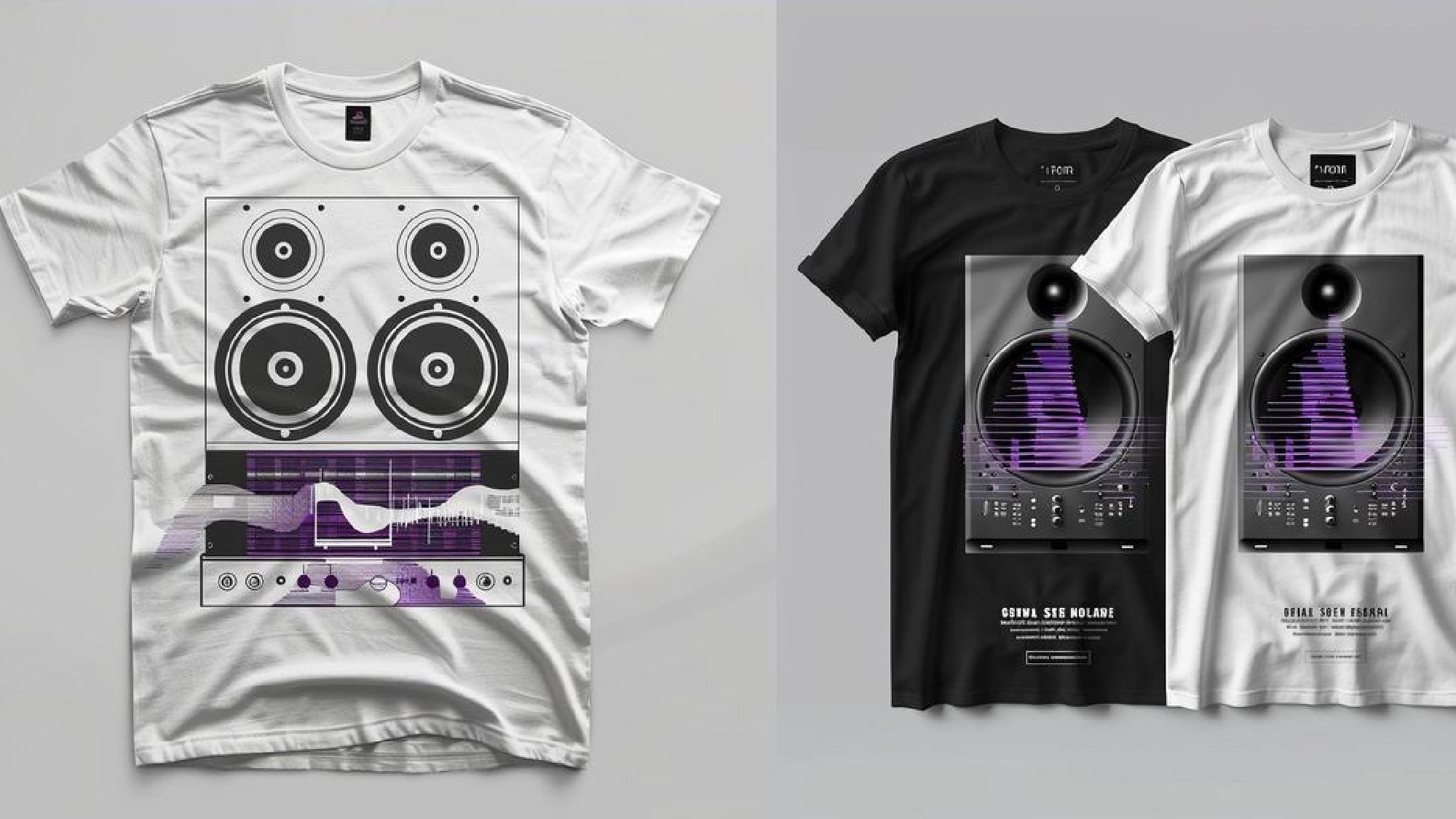Online sellers are using AI to scam you — here’s how to outsmart them
Spot AI-generated fake products when shopping online

The explosive growth of AI image generation has created a new breed of online shopping scams.
Unscrupulous sellers are using artificial intelligence to create dazzling product images of items that simply don't exist in the real world — from crystal coffee mugs to impossibly cute stuffed animals.
When the actual products arrive, customers discover cheap substitutes bearing little resemblance to what was advertised. The good news is AI-generated imagery still contains telltale flaws that careful shoppers can detect.
By developing a discerning eye and applying some critical thinking, you can protect yourself from these increasingly sophisticated scams.
Here's five tips to spot AI-generated products before you click "buy now".
1. Examine the image details carefully

AI image generators like Midjourney and Dall-E have become remarkably good at creating realistic-looking products, but they still struggle with certain details.
Take a minute to study product images closely, especially for items that seem unusually beautiful or unique.
Look for inconsistencies in textures, misaligned patterns, or areas that seem to blur or fade at the edges.
Pay special attention to reflections, shadows, and lighting — AI often creates impossible lighting scenarios or reflections that don't match the surrounding environment.
If something about the image feels off but you can't immediately identify why, trust your instinct and investigate further. Also, consider the practicality of the product.
If a person mug appears to be made of crystal with glowing elements, ask yourself how it would function in reality. Is there a power source? Would the material be safe for hot liquids?
When basic functional questions aren't addressed in the listing, it's often because the product doesn't actually exist as shown.
2. Look for multiple angles and consistent details

One of the biggest limitations of current AI systems is generating consistent images of the same object from different angles.
Legitimate sellers typically provide multiple photos showing their products from various perspectives — front, back, side, and close-ups of important features.
If a listing only shows a single image of a product, or places the same angle in different settings, that's a warning sign.
When multiple angles are shown, examine them carefully for consistency. Do patterns, textures, and small details remain the same across images?
For handmade items like crochet work or crafts, look for the natural variations that occur in real products versus the often too-perfect or inconsistently changed details in AI-generated alternatives.
This inconsistency becomes particularly evident in collections of images that should show identical items.
If a product template or pattern results in slightly different proportions, details, or features across multiple images, you're likely looking at AI fabrications.
3. Read the entire listing carefully

Deceptive sellers often include subtle disclaimers in their listings to protect themselves from claims of misrepresentation. These might be buried in lengthy descriptions or hidden in technical specifications.
Pay close attention to descriptions of materials, using terms like "inspired by", "similar to", or "resembling" certain materials rather than clearly stating what the product is actually made from.
For example, a T-shirt with an ultra-detailed or surreal design and nonsense text is a likely sign of AI generation, even if the product description never says so.
Some sellers are even more blatant about their tactics, including phrases like "illustration purposes only" or explicitly stating that images are AI-generated, while counting on buyers not reading the fine print.
Always check the product details — what looks like a textured, embroidered, or multi-layered design in the images might actually be a flat, AI-generated print when you read the specifications.
4. Check customer photos and reviews

Perhaps the most reliable way to verify a product's authenticity is through customer-submitted photos.
These unfiltered images show what real buyers actually received, rather than the seller's idealized (or fabricated) representation.
Carefully compare any customer photos with the listing images. Significant discrepancies in appearance, quality, or features are clear warning signs.
Even if customer reviews are positive, be suspicious if they lack accompanying photos or if the positive text reviews contradict negative photo evidence.
For newer listings without reviews, try reverse image searching the product photos. This might reveal older listings of the same item that accumulated negative reviews before being taken down and relisted.
It might also show the same images being used by multiple sellers, suggesting they don't actually possess the physical product.
5. Consider the price and seller information

The age-old advice "if it seems too good to be true, it probably is" applies perfectly to AI-generated product scams.
Compare the price of suspicious items against similar products from established brands or reputable sellers.
Extremely low prices for seemingly high-quality or intricate items often indicate you'll receive something far different from what's pictured.
Finally, investigate the seller themselves. Check their account age, review history, and other listings. New accounts with limited history selling a variety of unrelated products are classic signs of scam operations.
Legitimate businesses typically specialize in certain product categories and build a consistent brand identity over time.
Remember, scammers rely on impulse purchases and shoppers who don't take the time to investigate thoroughly. A few minutes of careful evaluation can save you from disappointment when your package arrives.
By applying these five strategies before making online purchases, you can significantly reduce your risk of falling victim to AI-generated product scams.
While you're here, why not take a look at some of our AI articles? ChatGPT can help you find the best haircut for your face shape and you can replace Alexa with ChatGPT on your Amazon Echo.
Sign up to get the BEST of Tom's Guide direct to your inbox.
Get instant access to breaking news, the hottest reviews, great deals and helpful tips.
And if you're looking to get better results from ChatGPT, check out these 11 prompting tips.

Kaycee is an Editor at Tom’s Guide and has been writing for as long as she can remember. Her journey into the tech world began as Cazoo's Knowledge Content Specialist, igniting her enthusiasm for technology. When she’s not exploring the latest gadgets and innovations, Kaycee can be found immersed in her favorite video games, or penning her second poetry collection.
You must confirm your public display name before commenting
Please logout and then login again, you will then be prompted to enter your display name.










